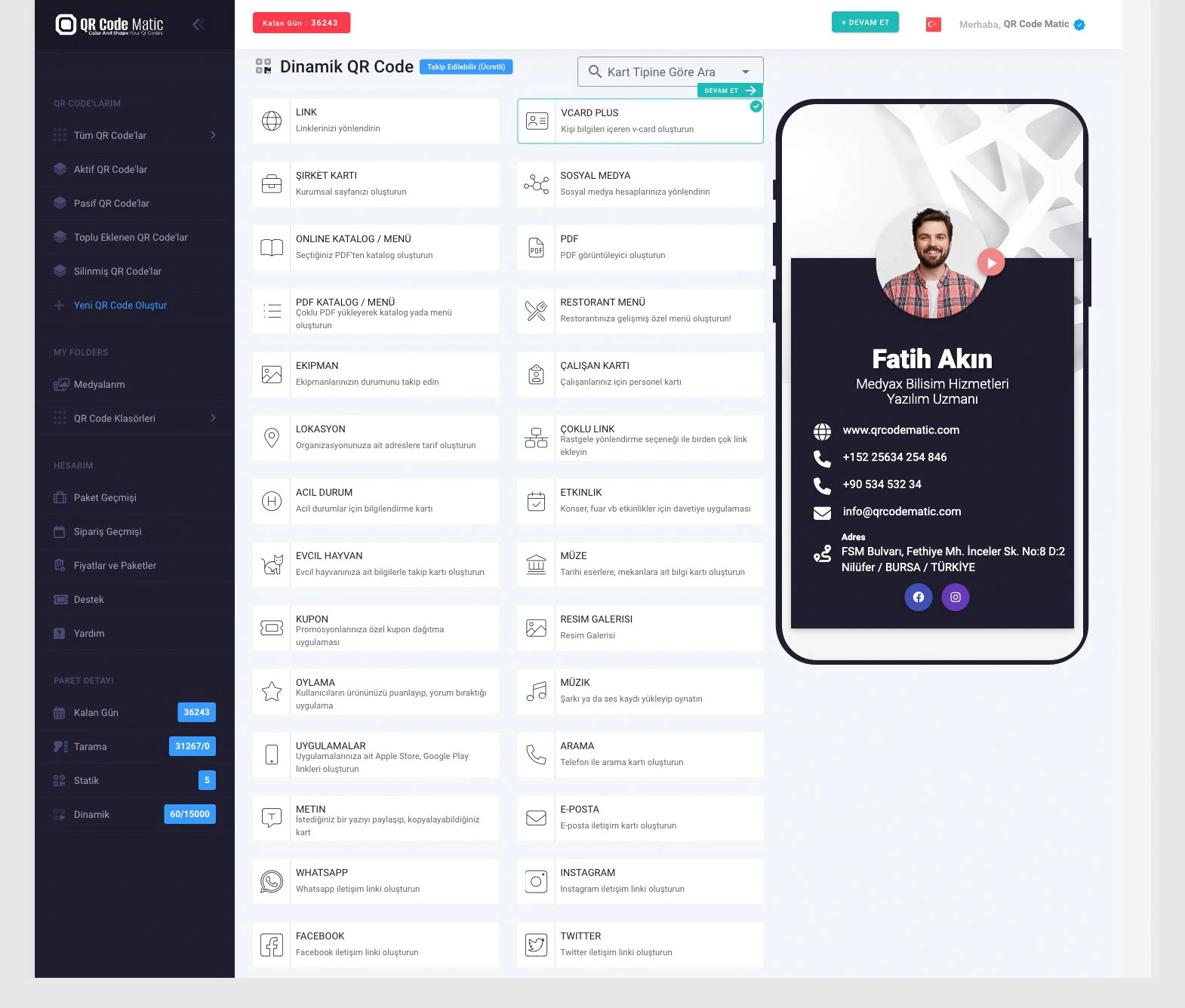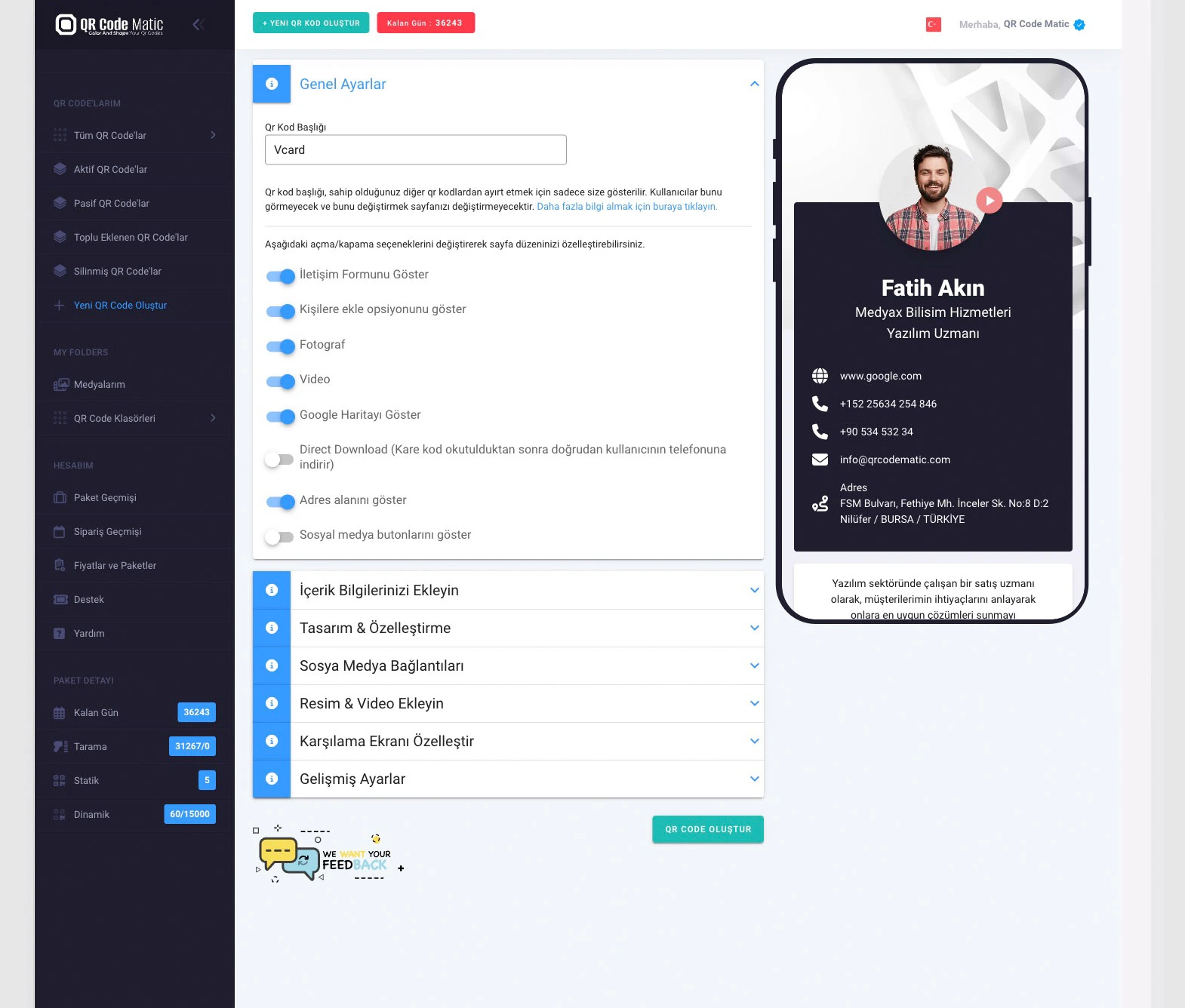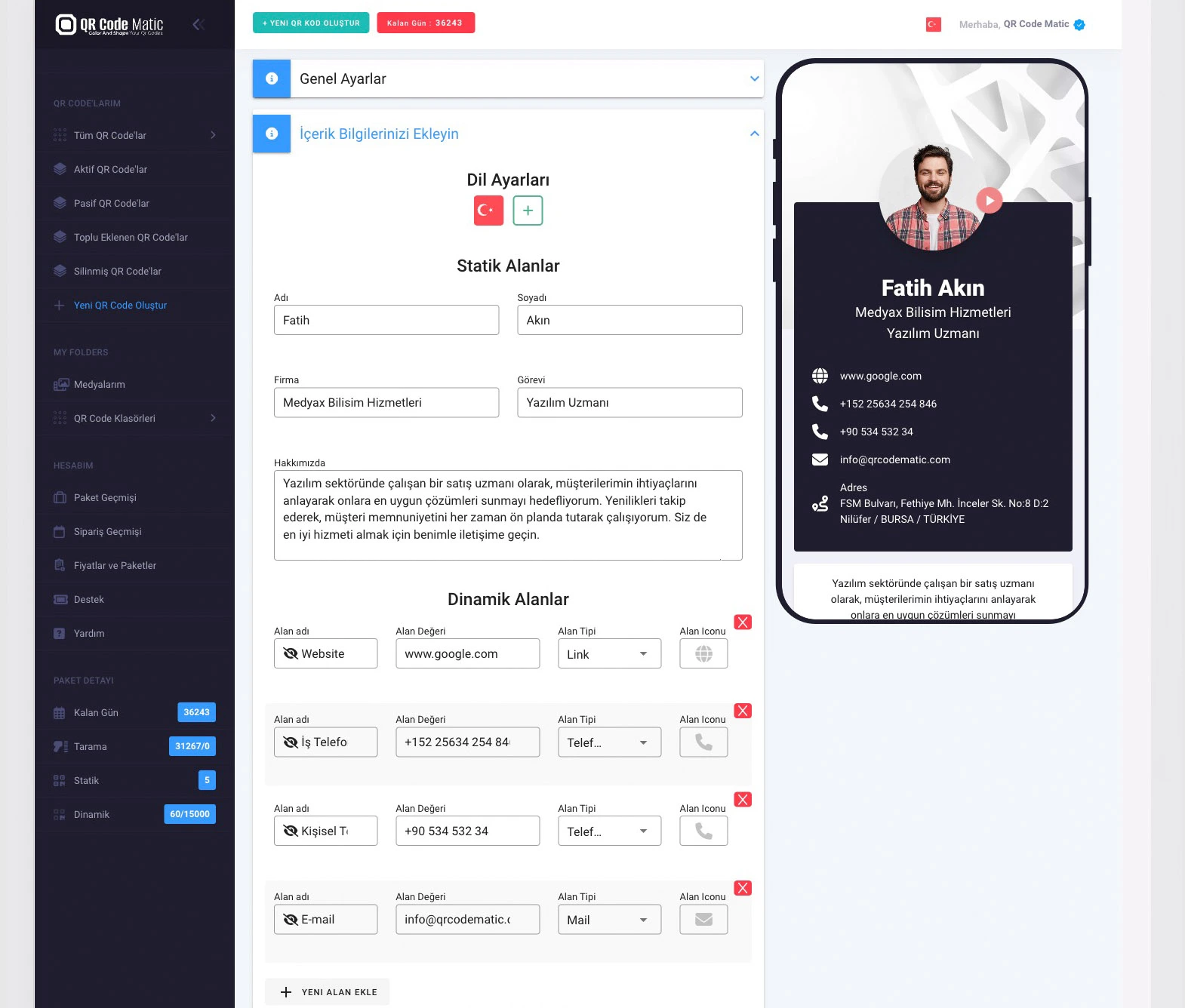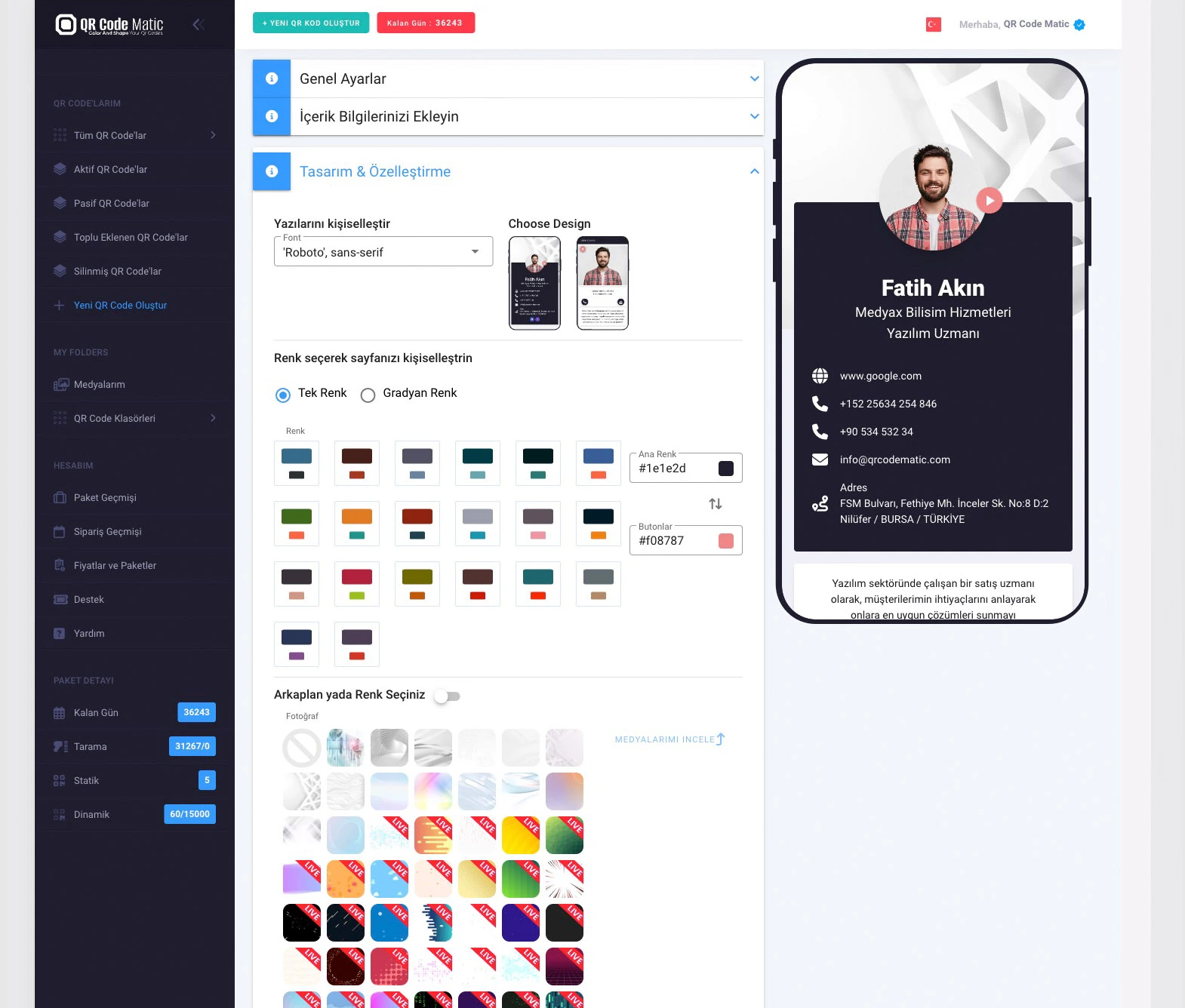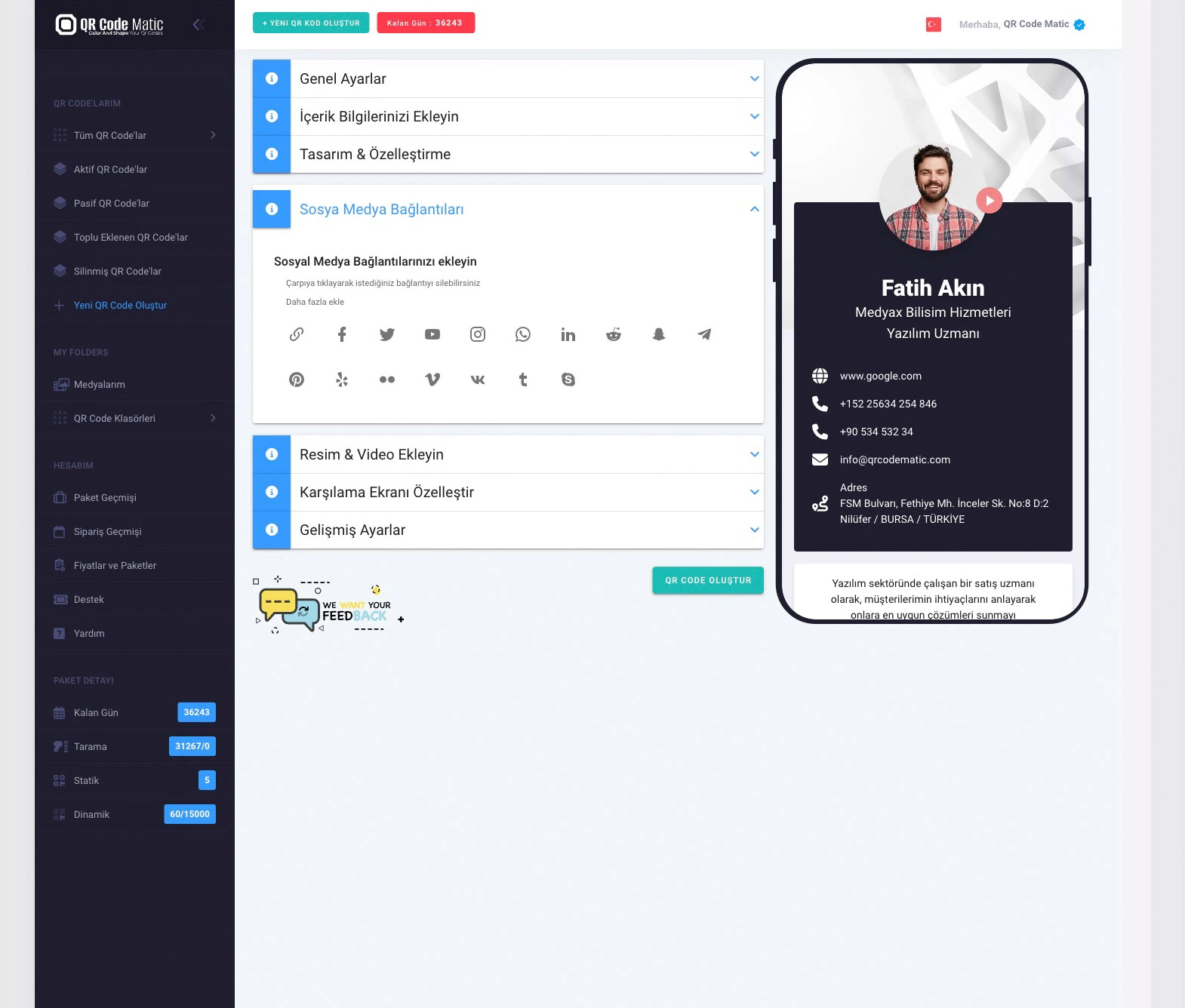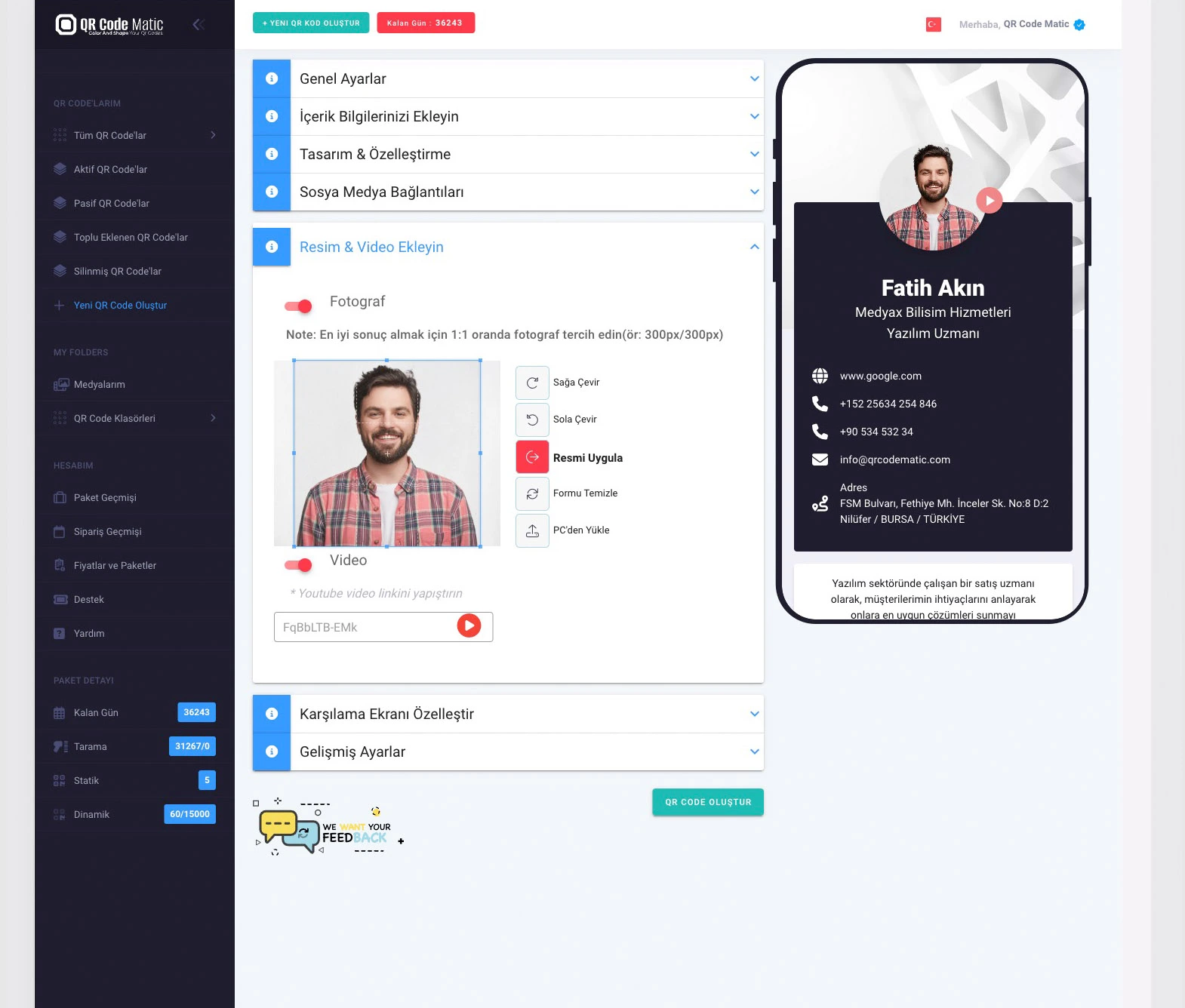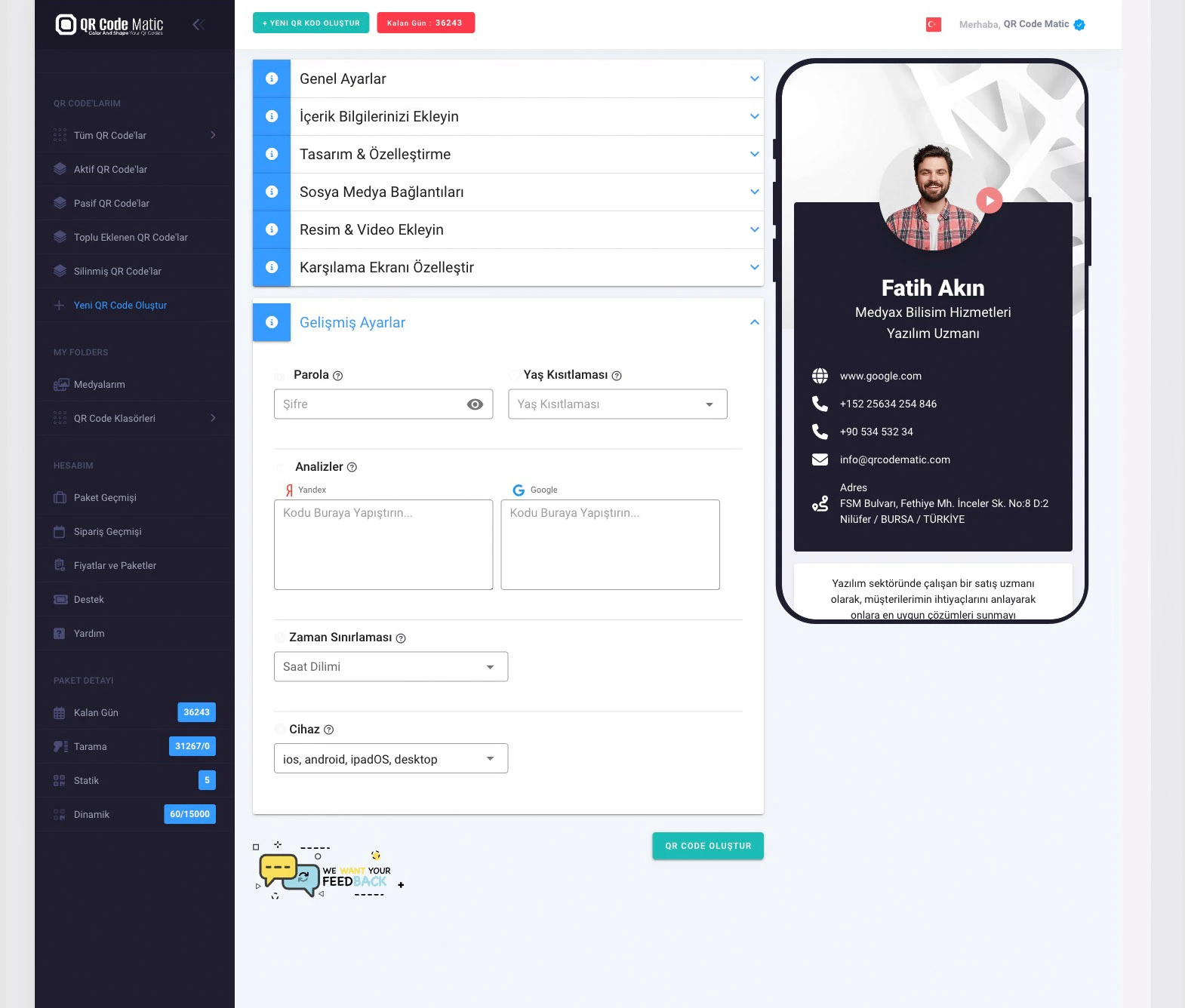Museum audio guides with QR codes are an important tool used to provide detailed information about artworks, historical objects, and exhibited collections to visitors. Traditionally, visitors would acquire information by reading written descriptions placed next to the artifacts in the museum. However, nowadays, audio guides integrated with QR codes enhance the museum experience to be more engaging and interactive.
Here are some advantages of using QR codes in museum audio guides:
Personalized Experience: QR code-enabled audio guides offer visitors a personalized experience. By scanning the QR code located near each artwork, visitors can listen to detailed audio descriptions. This provides visitors with a more comprehensive narrative and allows them to have a personal connection while exploring the details of the artwork.
Time Saving: Scanning QR codes and listening to the audio guide instead of reading written descriptions saves visitors time. The efficient delivery of information enables visitors to spend more time exploring additional artworks and acquiring more knowledge within the museum.
Multilingual Communication: QR code-enabled audio guides provide the opportunity to deliver information in multiple languages. Foreign tourists or visitors who speak different languages can scan QR codes and listen to audio descriptions in their preferred language. This allows museums to cater to a multicultural audience.
In-depth Information: QR code-enabled audio guides provide visitors with more detailed insights about the artworks. Written descriptions are often limited in space, but audio guides allow for a broader narrative. By scanning QR codes, visitors can access a more comprehensive set of information, understanding the stories behind the artworks, the intentions of the artists, and the historical contexts more effectively.
Interactive Learning: The use of QR codes provides visitors with an interactive learning experience. After listening to audio descriptions about the artworks, visitors can answer related questions or participate in interactive activities by scanning QR codes. For example, scanning QR codes can present visitors with quizzes, puzzles, or art-related activities. This allows visitors to engage more interactively in the learning process and explore the museum in a more engaging manner.
Updatable Content: QR code-enabled audio guides allow for the updating and refreshing of museum content. When new artworks are added to the museum's collection or when new information is obtained about existing artworks, the content within the QR codes can be updated. This ensures that visitors are always provided with the most up-to-date and accurate information.
Data Analysis and Tracking: QR code-enabled audio guides provide the opportunity to collect and analyze visitor data. Each QR code scan can be used to track visitor numbers, popularity of artworks, and areas that receive the most interest. This data provides valuable insights for the museum's future planning and improvements.
The use of QR codes in museum audio guides enhances the visitor experience by offering a more immersive, interactive, and personalized journey. Visitors acquire more information about the artworks while saving time and exploring the museum in greater depth. Additionally, it allows museums to collect data, analyze it, and improve the visitor experience.
QR code-enabled audio guides combine the advantages provided by technology with art, culture, and history, enriching the museum experience. This method enables museums to reach a wider audience, facilitates the process of acquiring knowledge for visitors, and makes the time spent in the museum more effective.
